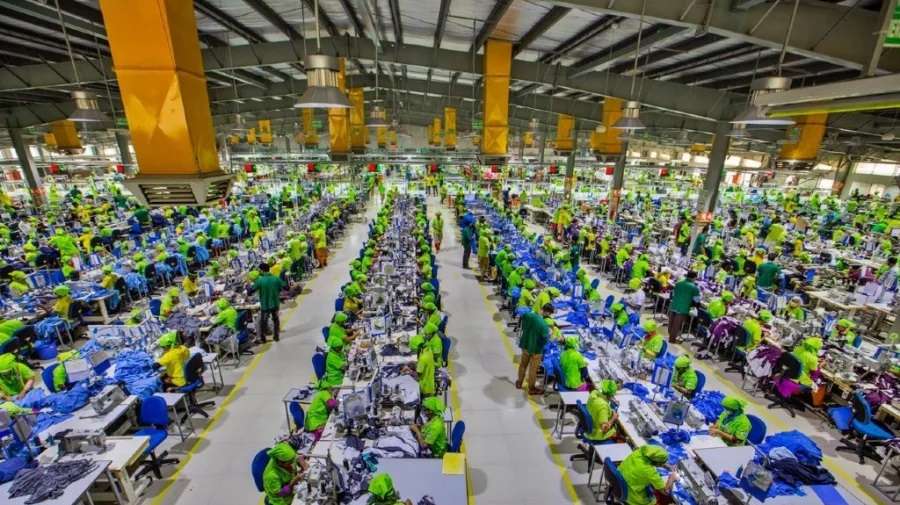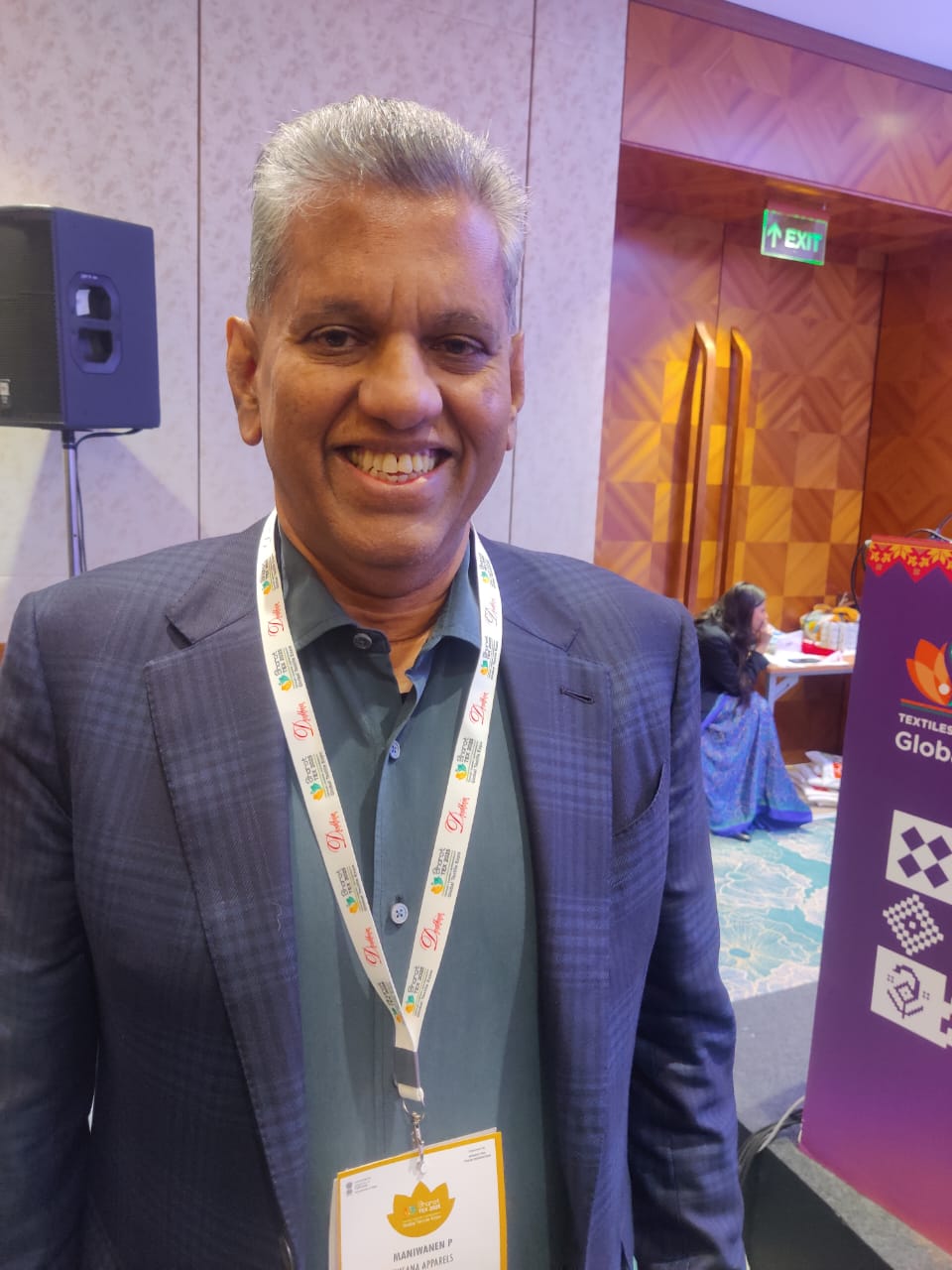
Traditionally synonymous with cotton, Man-Made Fibers (MMFs) like polyester and viscose are gradually gaining ground in India, reshaping the landscape of textile production and consumption. This shift is driven by evolving global trends, economic considerations, and the inherent advantages of MMFs.
The global shift towards MMFs
Globally, the textile fiber market is dominated by MMFs, which make up approximately 75 per cent of total consumption. This shift is largely due to the inherent limitations of cotton in meeting the growing demand for textiles. MMFs offer several advantages, such as cost-effectiveness, durability, and superior strength compared to cotton, resulting in longer-lasting garments. They can be engineered to possess properties like wrinkle resistance, water repellent, and elasticity, making them suitable for a wide range of applications. Moreover, unlike cotton, MMFs provide consistent quality and uniformity. While some MMFs are produced using fossil fuels, technological advancements are leading to sustainable alternatives, such as recycled polyester and bio-based viscose.
India's MMF journey
Despite being a major cotton producer, India is witnessing a rise in MMF consumption. The Economic Survey 2024-25 highlighted that only 22 per cent of the global textile market is cotton-based, while 77 per cent is dominated by MMFs. This underscores the need for India to align with global trends to boost exports. "India has a great opportunity to align with the evolving global shifts in apparel demand," the Economic Survey noted. "While our comparative advantage lies in cotton and cotton-based products, global demand has shifted to products made from man-made fibre (MMF)." India is the second-largest producer of both polyester and viscose globally. According to the Ministry of Textiles, India's current production capacity for MMFs is around 1,700 million kg for fibers and 3,400 million kg for filaments. The major varieties of MMFs produced in India include polyester, viscose, nylon, and acrylic. Several companies are investing in expanding their MMF production capacity. For instance, Reliance Industries, the largest polyester producer in the country, is expanding its capacity, while Grasim Industries, a leading producer of viscose staple fibre (VSF), is also increasing production to meet growing demand for viscose fibre in the textile industry.
Price Disparity: A Concern
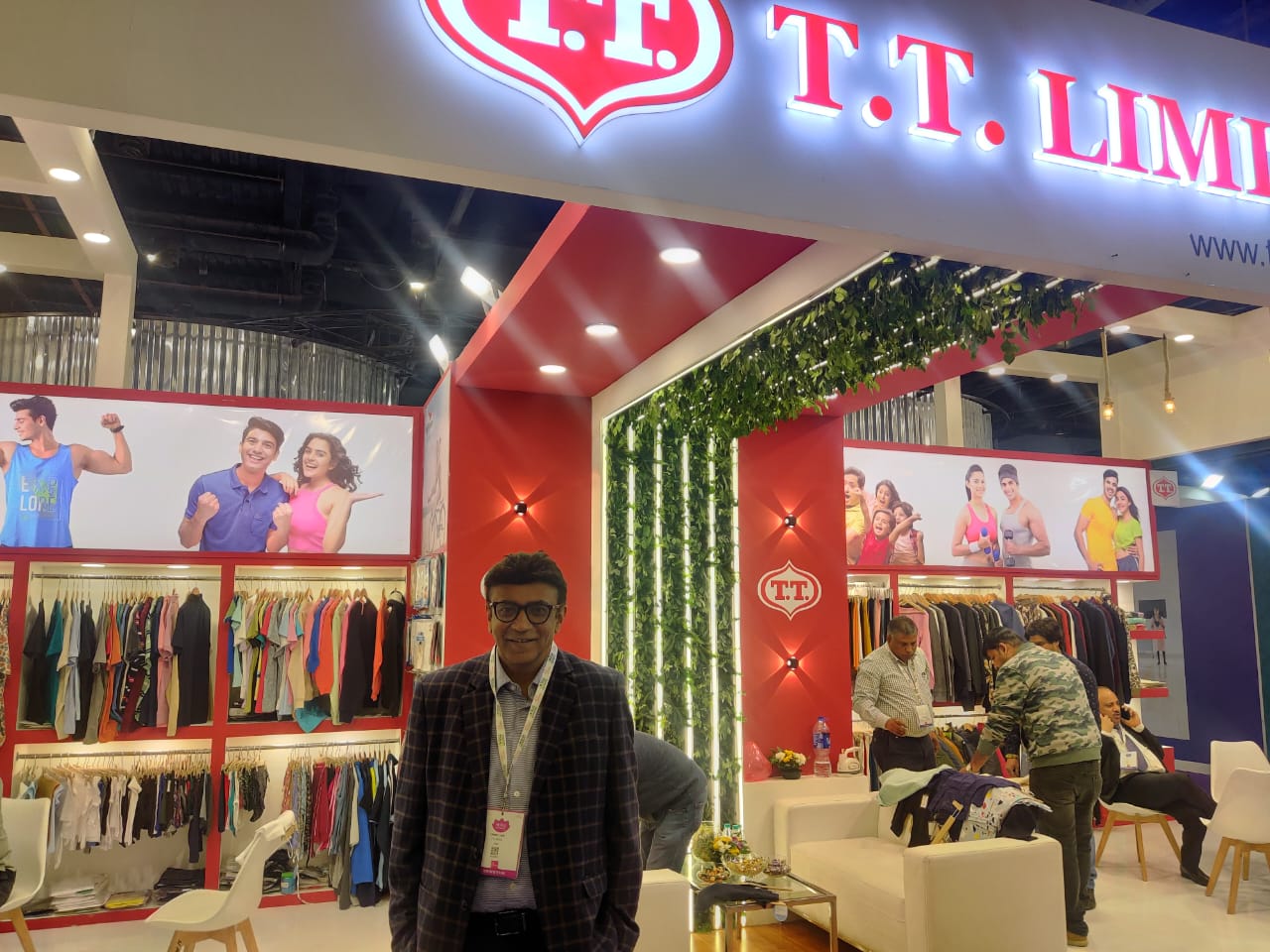
However, the industry faces several challenges, particularly in pricing. Sanjay K Jain, Chairman of the ICC National Textiles Committee and MD of TT Limited, expressed concerns regarding the price disparity between domestically produced MMFs and those available internationally. "We have all the promise. The whole world is looking at us, so we need to focus more on MMF if we really want to become a global textile giant. We need to improve MMF fibre prices as we are more expensive than our competitors in China, Vietnam, and Bangladesh. The government needs to correct this,” Jain stated.
He further emphasized the stagnation in the cotton industry, with declining yields, which underscores the urgency for India to address its MMF sector. Jain noted the growth in polyester production both globally and within India but cautioned against relying solely on tariffs to bridge the competitive gap. He advocated for a more robust competitive structure that allows for the free flow of raw materials.
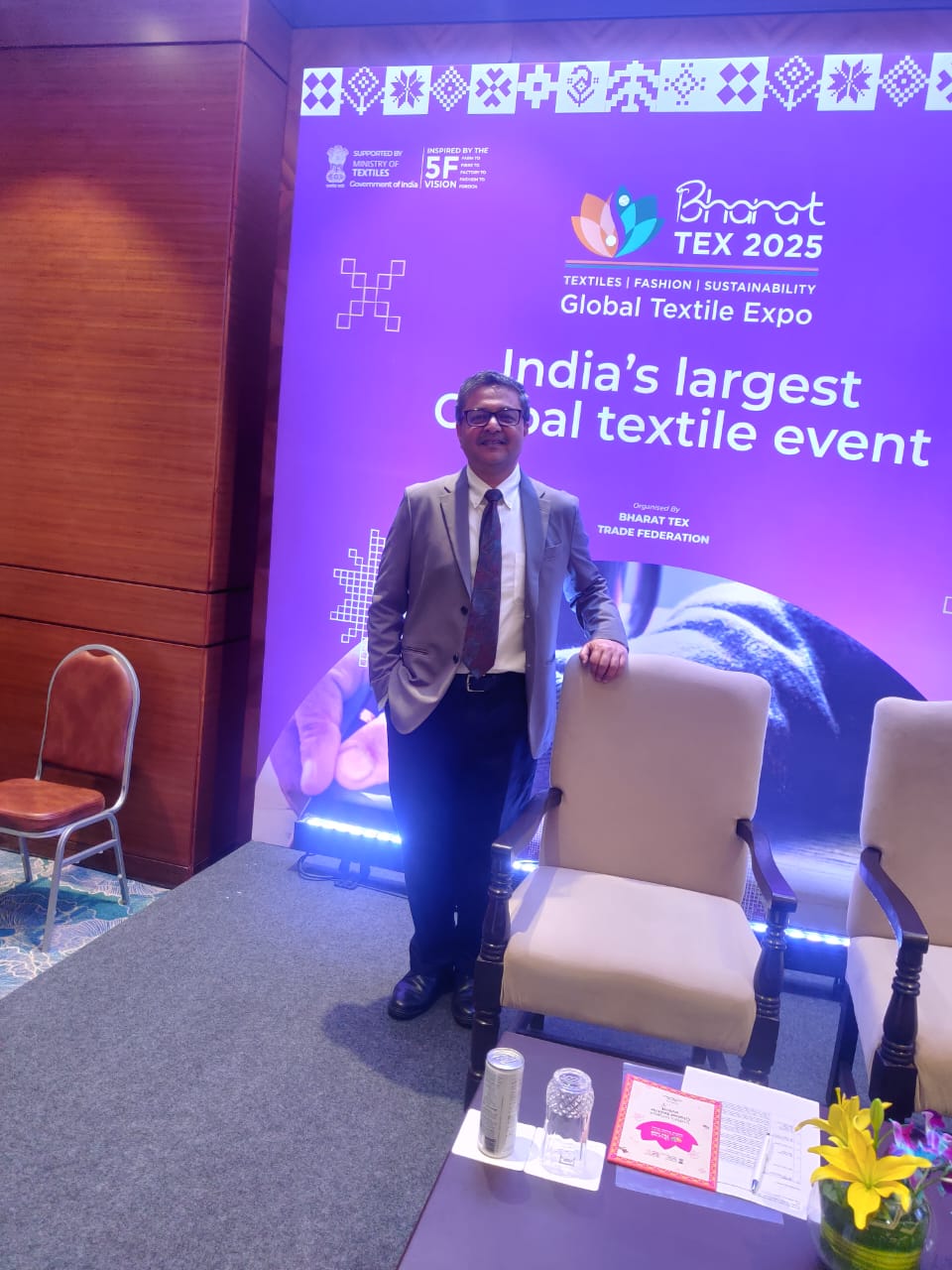
Anurag Asthana, COO of EPIC HK, also highlighted this challenge: “We are the second largest MMF producer, but for converting fiber into usable material for textiles that is trend-right, market-right, and consumer-right, is the gap we need to fill. This indicates that while production capacity exists, the challenge lies in effectively utilizing MMF in textile manufacturing.”
Government initiatives and policy support
Recognizing the crucial role of MMFs in the future of the textile industry, the government has taken several proactive steps to promote the sector. The Ministry of Textiles has set a target of achieving $12 billion in exports of MMF textiles by 2029-30. This ambitious goal is being pursued through a multi-pronged approach:
Production linked incentive scheme: The scheme for textiles aims to incentivize the production of MMF fabrics, garments, and technical textiles by offering financial incentives to manufacturers, encouraging them to invest in MMF production and expand their capacities.
Focus on R&D: The government is actively promoting research and development in the MMF sector, particularly in sustainable production technologies and the development of innovative MMFs. This aims to enhance the quality and competitiveness of Indian products.
Skill development programs: Various skill development programs are being implemented to train individuals in MMF production, processing, and related areas.
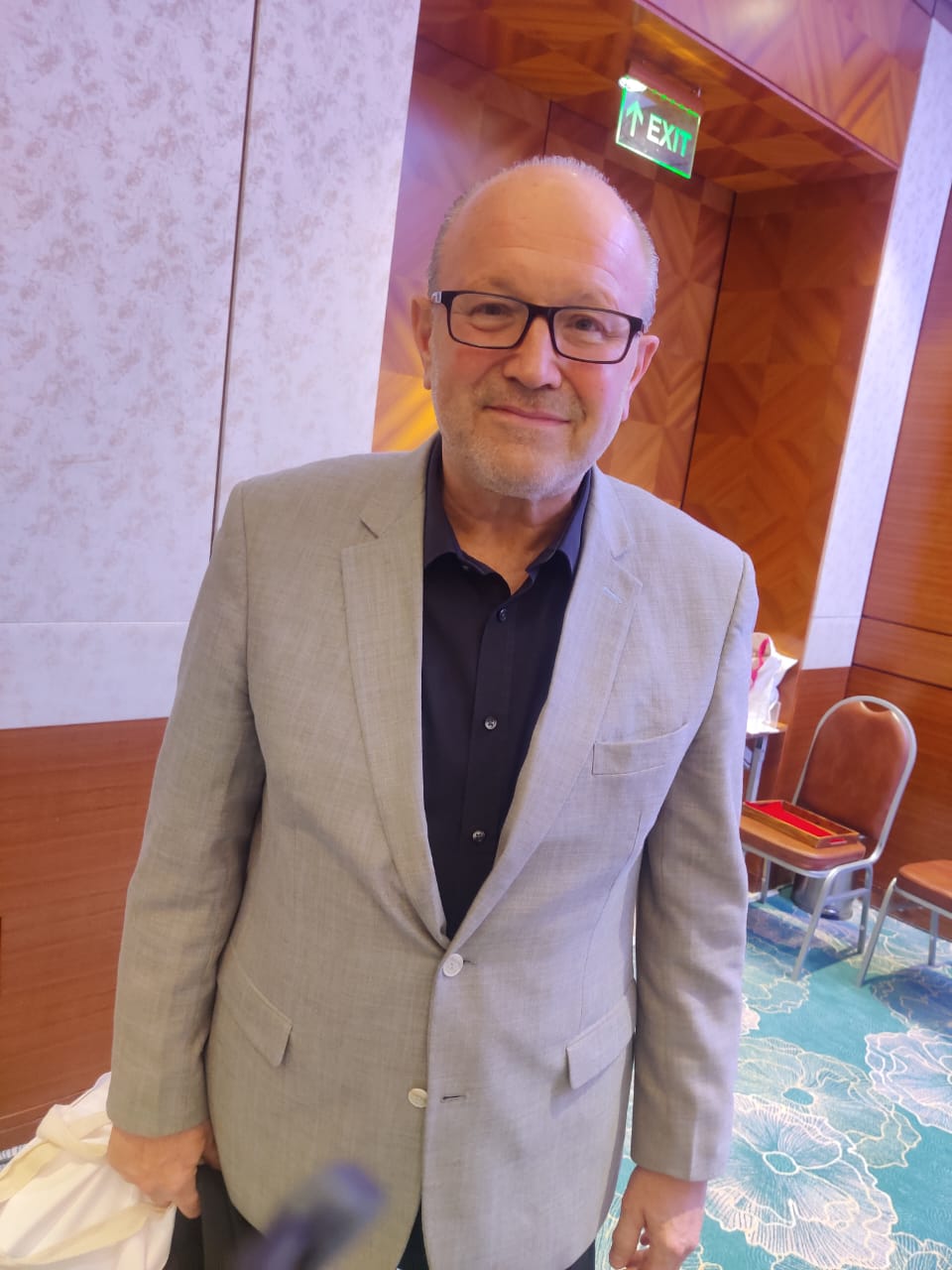
Mark Jarvis, Chief Strategy Officer at F2F, expressed optimism about the future: “Over the next five years, MMF will grow significantly in India. There will be an incredible level of investments into MMF fibres to complement the base of cotton that's already in the country."
The road ahead
The rise of MMFs marks a pivotal moment for the Indian textile industry. As global demand shifts toward MMF-based products, India has the opportunity to emerge as a key player in the sector. However, this will require a concerted effort to overcome pricing challenges, enhance production capabilities, and bridge the gap between fiber production and textile manufacturing.
With strong government initiatives, strategic investments from industry leaders, and a growing focus on sustainability and innovation, the future of India’s MMF sector looks promising. As the industry continues to evolve, India is poised to play a leading role in shaping the global textile landscape.










